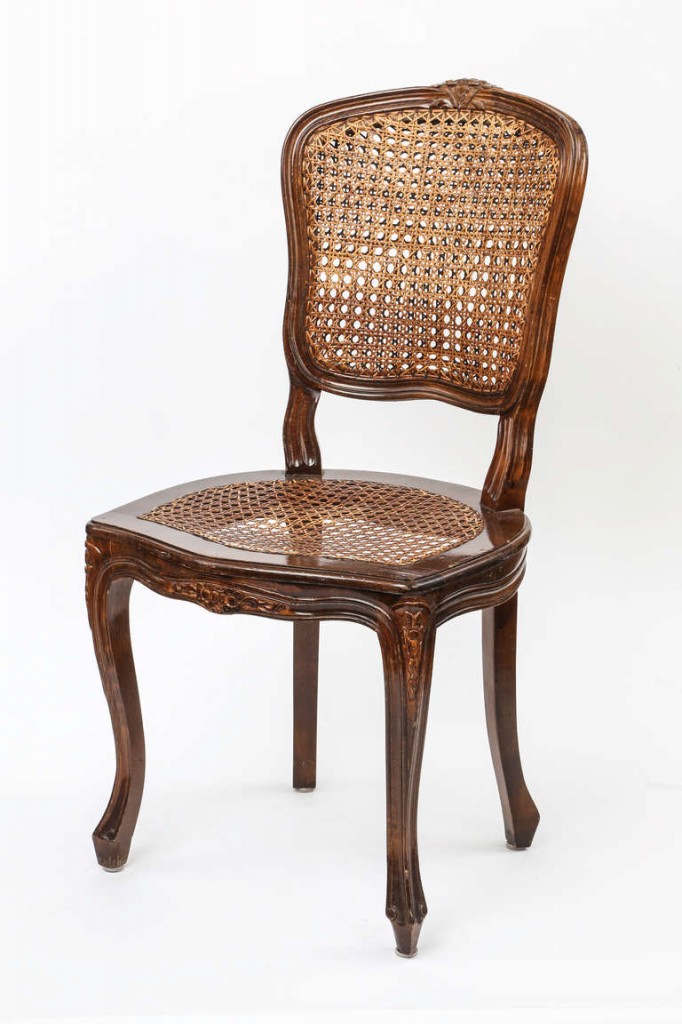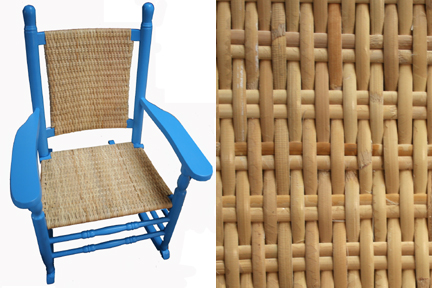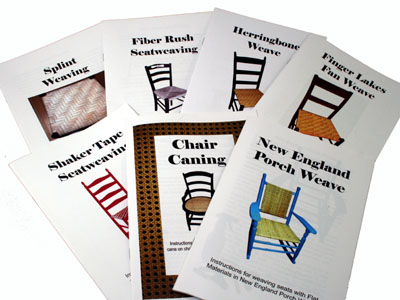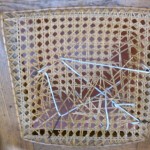Blind Caning
If you’re new to seat weaving, you might have come across the term “blind caning” or “double-blind caning”. Did you wonder if it had something to do with the seat weaver- or the chair cane weaving itself?
In the early 20th century, chair caning was often taught in schools for the blind, so you could have had a reason to think that “blind caning” might refer to the person doing the caning.
In actuality, “blind caning” is all about the chair caning method. While it looks like regular chair caning, blind caning is much more labor-intensive since it involved drilling the holes partway through the seat frame. Then each strand of cane is measured and applied to the chair with a dot of glue in the hole. The strands are held in place with caning pegs until the glue is dry. This is most often used on the back of a chair so that no loops of cane will show on the back of the frame.
“Double-blind caning” is shown in the image of an antique French chair below. Notice that the shadow of the blind caning on the front is being cast onto another layer of blind caning on the back. Double-blind caning means that a second set of holes must be drilled partway on the back, and more precisely-cut strands of cane must be applied with pegs and glue.
You can imagine how time-consuming this is. Blind and Double-Blind Caning are usually reserved for museum-quality chairs, like the one shown below. We suggest that before you quote a labor cost for such a chair, you cut and glue a few strands to determine your labor time.
Blind Chair Caning





